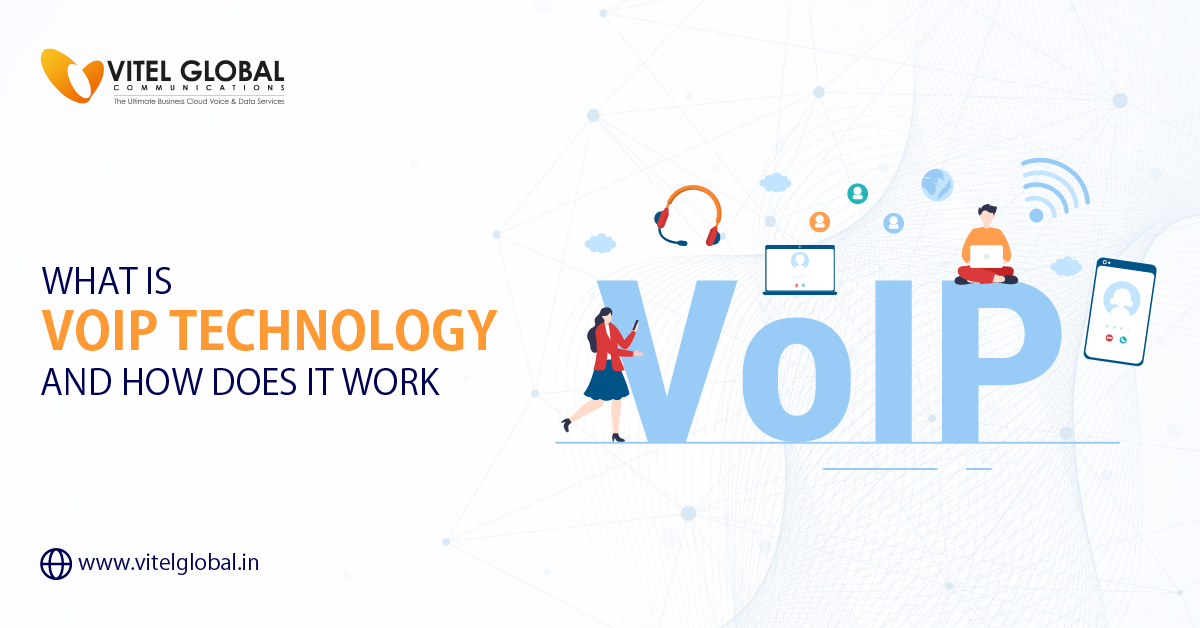Table of Contents
VoIP facilitates efficient and secure voice communication over the internet; VoIP in the Healthcare Industry allows medical professionals to collaborate very easily and respond promptly to patient needs. In this sector, professionals are always searching for new methods to streamline processes and improve patient care. For this, voice-over-internet protocol has shown to be an effective solution.
Initiating communication between patients and practitioners without relying on traditional telephone networks, this method proves to be a more effective alternative to conventional approaches. While phone systems offer both advantages and disadvantages in medical settings, our study aims to analyze the benefits and challenges associated with the implementation of this technology in hospitals. Before delving into the details, let’s provide a brief overview of this innovative technology within the hospital context.
The Raising of VoIP Technology in Health Care
Healthcare systems understand increased accuracy and collaboration. VoIP in the Healthcare Industry facilitates real-time communication among medical professionals, ensuring swift consultations and timely decision-making. The technology’s ability to overcome geographical constraints empowers telemedicine, connecting providers and patients remotely. The increase in connection enhances internal communication within medical facilities, streamlining operations and enhancing overall responsiveness. Virtual phone ascent not only raises the bar for communication but also significantly alters the way healthcare is delivered, offering services that are more easily accessible, effective, and patient-focused.
VoIP for Effective Communication in Healthcare Environments
It simplifies internal channels of communication, making it possible for medical personnel to communicate quickly over video and audio calls. This enables quick and clear connections between medical teams, support staff, and administrative staff, which speeds up decision-making and improves patient care coordination.
This technology’s real-time capability makes sure that important information is communicated quickly, which promotes a more cooperative and responsive medical environment. This virtual phone integration in hospitals not only improves communication effectiveness but is essential to patient care coordination and timely delivery in medical facilities.
VoIP’s Advantages: How it’s Reshaping the Healthcare Industry
This technology integration has become an important option that is completely changing communication in medical care settings. Patients do not have to go directly to medical centres to see doctors. It is this technology that provides them with the answers. Additionally, a doctor will always make direct recommendations through a cloud phone if they need information about medications. Additionally, this cloud phone automatically records every patient’s call information. Let’s look at some key VoIP advantages in health care.
Real-Time and Simple Interaction
It enables effortless interaction via visual and audio channels of the highest quality. Real-time connections allow medical professionals to collaborate, communicate, and have speedy consultations. This promptness improves overall responsiveness and is essential in emergencies.
Improved Collaboration among Medical Teams
Effective communication is crucial in the medical field due to its collaborative nature, requiring seamless coordination among various teams, including nurses, doctors, and administrative staff. This improved collaboration results in better patient care.
One of the main benefits of this technology is its capacity to eliminate communication barriers within medical facilities. Medical teams can now easily coordinate through quick audio and video calls, fostering efficient consultations and discussions with just a few clicks. This prompt communication is especially critical in emergency scenarios, where swift action can make the difference between life and death.
Enhanced Internal Communication
VoIP in the healthcare industry simplifies internal communication processes. From administrative tasks to emergencies, VoIP ensures that critical information reaches the right individuals promptly. This efficiency is especially needed in today’s healthcare environment.
Offers Inexpensive Communication
VoIP offers cost-effective communication solutions compared to traditional phone systems. It eliminates the need for extensive hardware and allows for easy scalability, making it accessible and adaptable for healthcare facilities of various sizes.
Automated Reminders and Appointment Scheduling
It is possible to connect automated appointment scheduling tools with VoIP systems. This improves efficiency in the medical industry by streamlining the scheduling process and decreasing no-shows by sending out automatic reminders.
Compliance with Healthcare Regulations
Secure VoIP solutions for medical can be built to satisfy severe healthcare requirements, such as the Health Insurance Portability and Accountability Act. This ensures that patient information stays secure and confidential during transmission.
Telemedicine and Remote Patient Monitoring
The rise of telemedicine and telehealth has been one of the most notable advancements in medical care. With this service-enabled video call, medical care providers can conduct virtual consultations, diagnose and treat patients remotely, and even monitor chronic conditions. This has proven to be a new tech, particularly in situations where physical presence is challenging, such as during a pandemic or in remote areas with limited access to medical facilities.
Moreover, remote working tools have facilitated remote patient monitoring. VoIP in the healthcare industry allows medical providers to track vital signs and receive real-time data from patients in the comfort of their homes. This not only improves patient outcomes but also reduces the burden on health sector facilities, preventing unnecessary hospital visits and lowering overall medical care costs.
Set up Unified Communications in Minutes
Effortless. Economical.
Enjoy phone calls, messages, video meetings, contact management, and notes in an all in one unified solution
Conclusion
In conclusion, the integration of VoIP in the healthcare industry represents a significant advancement in communication and collaboration. As medical care continues to embrace digital transformation, this technology stands out as a key enabler of efficient communication, cost savings, and improved patient care. The ongoing development of virtual phones, coupled with emerging technologies, holds the promise of reshaping the medical landscape for years to come.






